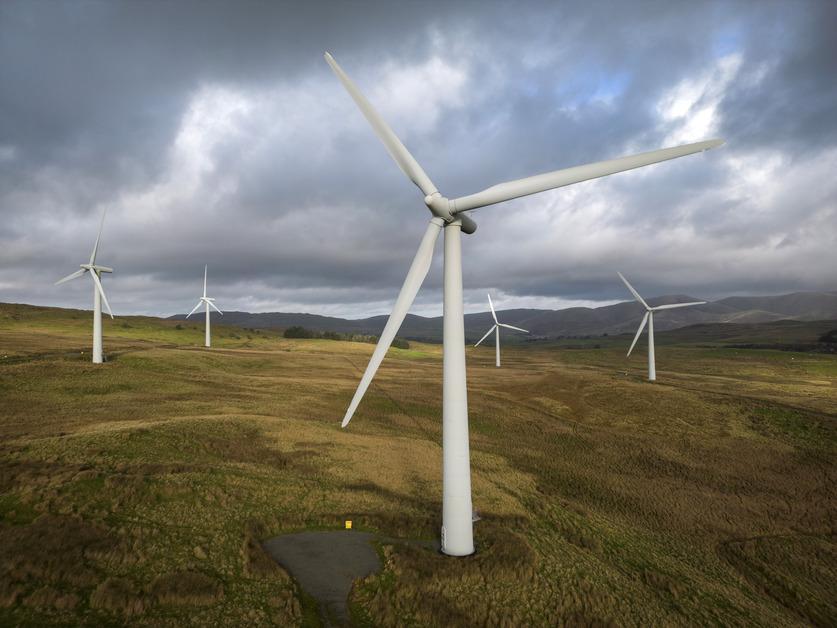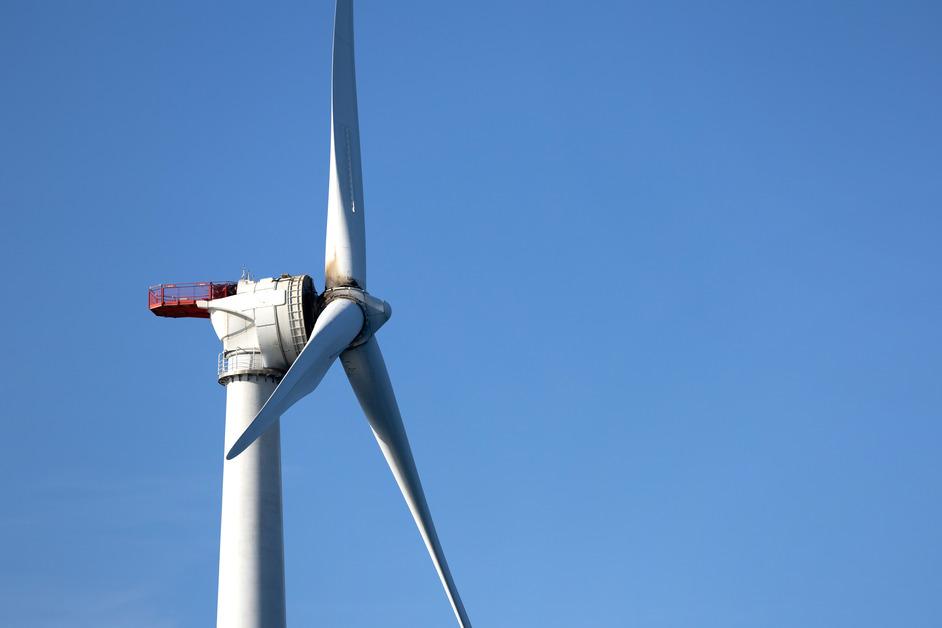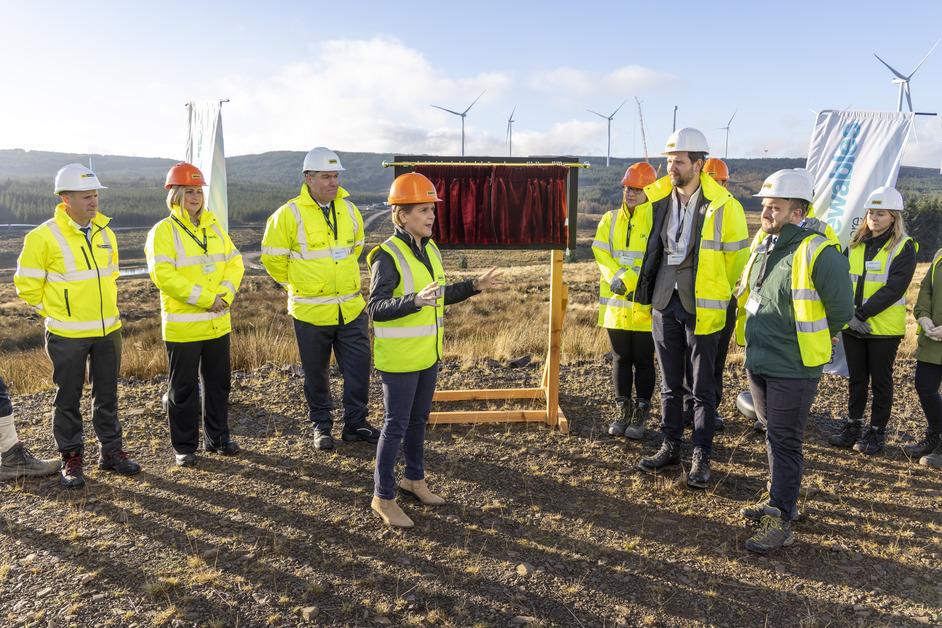How Much Energy Does a Single Wind Turbine Produce? It Depends
Published March 14 2023, 7:36 p.m. ET

Wind energy is the leading renewable energy source in the U.S., and also the lowest-cost source of renewable energy. However, depending on the size or type of turbine, and the wind speeds in a given area, electricity production will vary.
The wind energy industry is one of the fastest growing in the country today. Across the U.S., more and more turbines are materializing in fields, offshore, and almost everywhere in between.
So, you may have been wondering, how much energy does a single turbine actually produce?

The amount of energy depends on the type of turbine.
According to Duke Energy, the size of the turbine and the wind speed are the determining factors for electricity production. So, basically, a larger, taller turbine has the potential to produce more power, but ultimately it depends on the amount of wind.
There are two main categories of wind turbines, horizontal-axis, and vertical-axis turbines. Horizontal-axis are the common design, ranging in height but most with around three blades shaped like an airplane propeller. The height of the turbine and the length of the blade are large determinants of how much electricity can be generated, where longer blades and taller turbines produce the most.

Vertical-axis turbines are less common and don't have traditional propeller blades. Their axis looks much more like a whisk or eggbeater, and generally does not produce nearly as much as the horizontal axis.
So, this means most turbines you see popping up on land and offshore are horizontal-axis turbines, and are most likely the type that are supplying renewable energy.

Hundreds of homes can be powered by a single turbine.
To break it down, Duke Energy estimates that a wind turbine that has generated one megawatt can power 300 homes every year, where most land turbines generate between one and five megawatts.
According to the United States Geological Survey, the average turbine in 2020 produced enough electricity in 46 minutes to power the average home in the U.S. for a month.

However, if wind speeds decrease, these numbers could change. Most turbines need wind at around nine miles an hour to produce energy. It is estimated that the maximum amount of energy is produced between 30 and 55 mph.
This means that although wind energy has the potential to power a grid, its inconsistency and variable nature means that it most likely can't be the sole supplier of renewable energy for the future.
The wind energy industry is growing, and innovations are to come.
According to American Clean Power, the wind is the leading renewable energy source in the U.S. today, covering over 10 percent of electricity production.
The wind industry is expected to increase by around 44 percent in the next decade, making a wind turbine technician one of the fastest-growing jobs in the nation. Just in the year 2021, there were 120,000 wind industry jobs in the U.S.
It's estimated as wind power grows as a renewable energy source, we can prevent 340 million metric tons of carbon dioxide emissions each year.